AFL player manager lifts lid on secrets of the trade, how to get best deal for his players
Player managers do their work in the shadows, but one has shed light on the tricks of the trade to get the best deal for his clients, and the handy bonus he received after a surprise premiership.
The job of any player agent is to maximise the income of his client — on and off the field.
Sounds easy? It isn‘t.
The first thing I’ve always asked a prospective client was what they wanted to achieve in AFL football, which brings a wide array of responses.
Some say they would be happy to play a single game.
Others want to win a premiership. A few want to be successful off the field and set themselves up for life, which is always a good sign.
AFL RICH 100: SCROLL DOWN TO SEE FOOTY’S HIGHEST-PAID PLAYERS AND VOTE IN OUR INTERACTIVE
One even said, “Footy isn’t the most important thing in the world” when I asked what the game meant to him.
As soon as I left that kid‘s house, I said: “This bloke won’t play 10 games.”
I was right, he played about eight.
I’ve always worked for my clients, first and foremost.
In the end, they want nothing better than for you to “over deliver”.
Here’s how you can do it.
BUILD RELATIONSHIPS
You must know your players — what’s important to them and where they fit in the footy world.
But you also must get to know — and assess — the people within the clubs, whether that be the coaches, the recruiting managers, the chief executives or the other staff.
You work FOR your clients. But to achieve the best outcome for them, you have to work WITH a range of clubs and individuals.
The connections you make with individuals can — and will — help you secure deals and help make your clients happy.
I will never forget one recruiting manager sitting in front of me crying one day, asking me if I could help him save his job at the club.
Kayo is your ticket to the 2020 Toyota AFL Premiership Season. Watch every match of every round Live & On-Demand. New to Kayo? Get your 14-day free trial & start streaming instantly >
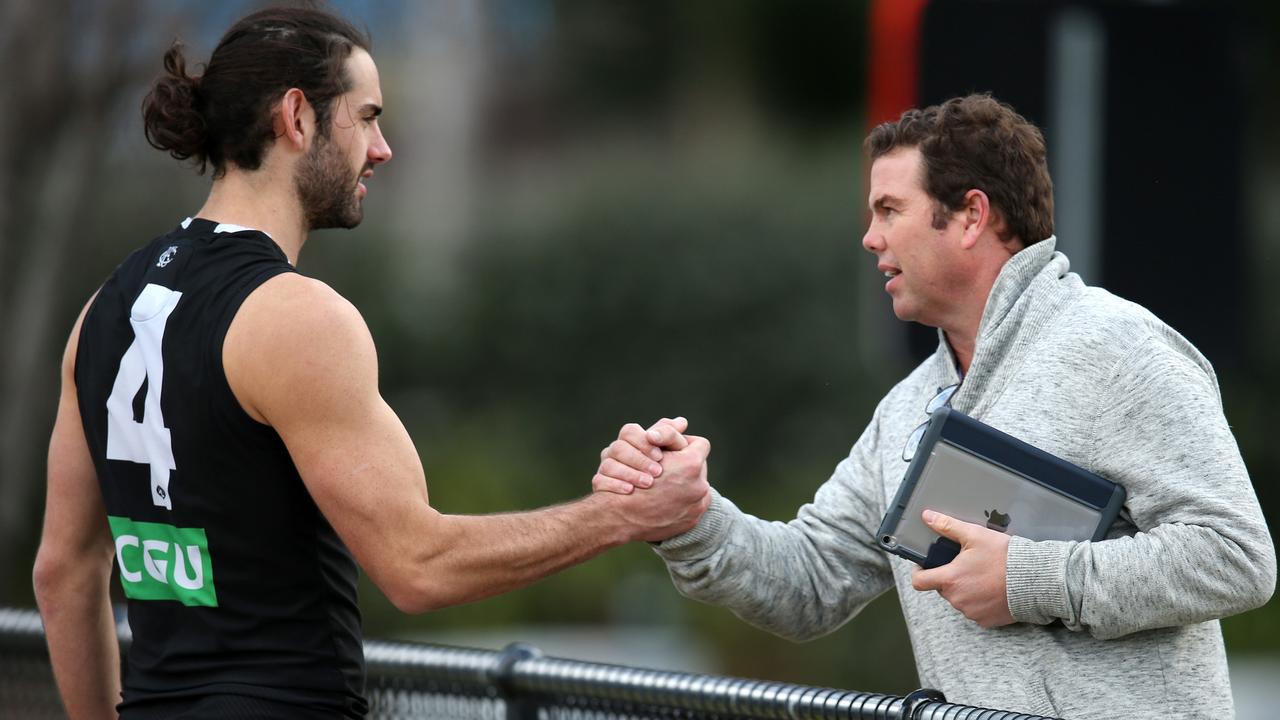
It wasn’t many years later that same guy — having built a star-studded list — was sending clients in my direction.
If you look after them, they will look after you.
Having said that, I would never betray the loyalty of my clients — under any circumstances.
DO YOUR HOMEWORK
I’ve always regularly assessed clubs and how each of them measures up, not just on ladder position.
How is the club being coached? How good is the club at developing young talent?
Can you see a future for the club that is beneficial to your players?
It is crucial you assess and reassess regularly.
Clubs are constantly changing. I wanted to know everything I could about a club, the coach, the board members and the recruiting staff. Knowledge is power. It pays to know who you are dealing with.
THINK AHEAD
Being a player agent is a bit like being a clairvoyant. You have to predict the future.
You need to know what the competition will look like in two, three and five years.
You have to know which team has the money to spare — and which doesn’t — but you also need to have a sense of what your players’ capabilities are.
You have to work out if your players are happy, or could benefit from a change of environment.
On one occasion a client wanted a new deal, but the coach said to me: “He can’t get that, he’s only a back pocket player”.
I asked the coach to try that player in the centre in the first practice match one year.
He did. The player had 45 disposals, won a lucrative new deal and became a star.
I also ask my players where they see themselves within the club. Were they in the top 10 players at the club?
I’d have my assessment and they would have theirs, and often those assessments would be miles apart.
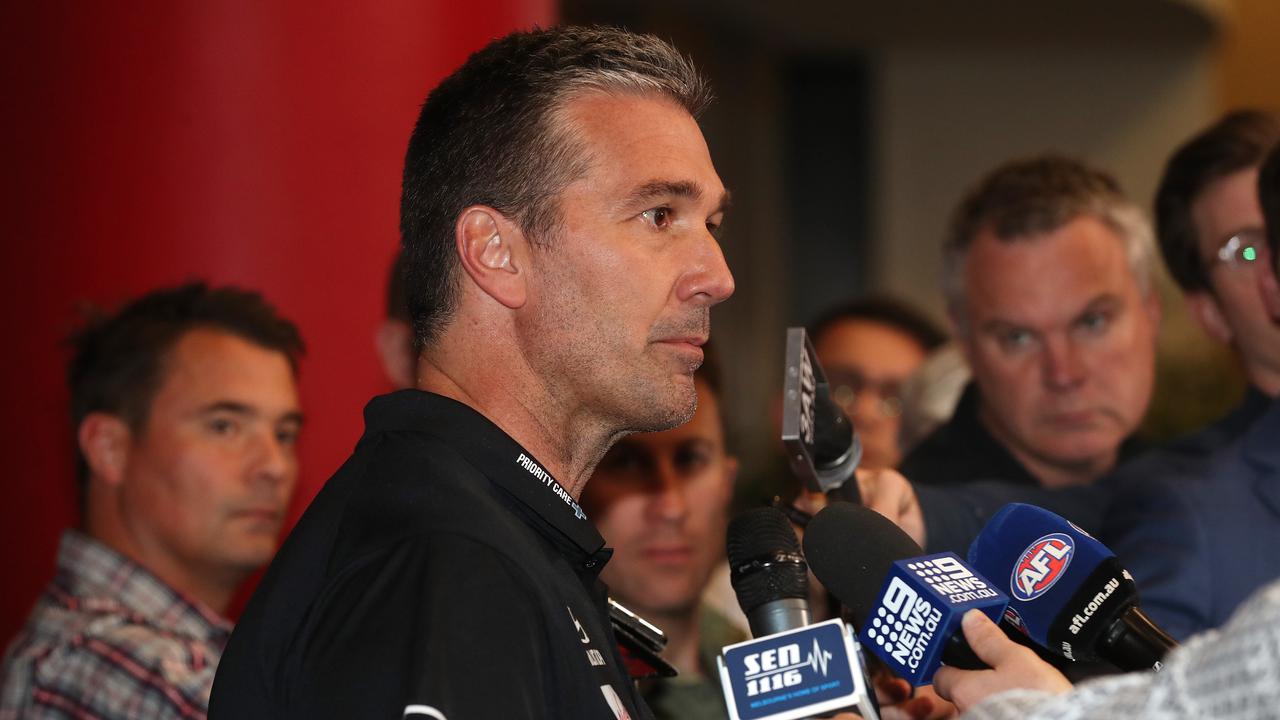
THE ART OF THE DEAL
Be bold but keep your demands realistic.
Prioritise the players’ performance as the dictator of what they are asking for.
It is always better to have a contract where the player exceeds expectations and the clubs are coming for you.
I used to pride myself on them chasing me, rather than the other way around.
Sometimes it pays to be creative.
I once did a deal for a senior coach midway through a season. It had a clause whereby if he won a flag, the contract would be torn up and a new one would be doubled.
That coach won a flag just over two months later.
I had good reason to barrack in that Grand Final as the coach had promised me a nice bonus. He paid up, too!
BE MORE MARKETABLE
Challenge the AFL as much as you can on its rules. It’s your job to find loopholes; it’s their job to close them.
Players mostly create their own footy contracts through their performance, but managers need to be aggressive in negotiating off-field sponsorships.
Apart from Dustin Martin and his Bonds ad campaign, very few AFL players have fronted big campaigns and drawn good money off the field in recent years.
Players may ask why that is the case.
The answer might simply be: “You ain’t marketable because of the AFL rule changes and the fact the game is now played in a manner that doesn’t allow for individual flair, which managers can’t exploit. So let’s sit down and talk about what you need to do to make you more marketable.”
Take a look at the most marketable commodities in world sport, and no matter what the sport is, it all comes back to those who attack and score.
That rarely happens in footy now. Just take a look at the Coleman Medal leaderboard!

DOES DARCY MOORE STAY OR GO?
In the future, I will happy to go into the nitty gritty of what a player is worth, and whether or not they should stay at a club.
But let’s look at one deal now.
Does Collingwood‘s Darcy Moore stay or go?
He stays!
Why? Because at Collingwood, he has the ability to be the best backman in the comp and has the ability to play any position at any time on the field.
Is he a $1 million player?
He’s just a fraction off that, but the next few months can change all, that if he becomes a premiership player.
What would I do if I was negotiating for him now? I’d get a new contract done in the next seven days that has a clause relating to how he finishes off the year.
In other words, achieve a great deal now, but frame it so that it has the incentive of the next few months to take him into elite company to help the Pies win the flag.
I’d also insist he is looked after when footy finishes in a way that is mutually beneficial.
This could be future employment at the club or future deals that could set him up for life.
# The columnist has managed some of the biggest names in Australian football.
CONFESSIONS OF AN AFL LIST MANAGER
Coaches and list managers work for the same AFL club, but have very different short, medium and long-term objectives.
The quest for a premiership is the same.
But the pathway each takes in the pursuit of a flag is, quite rightly, a very different one.
A successful list manager must understand his allegiance is to the club that employs him, not only the senior coach.
More often than not, coaches subscribe to a boom-or-bust mentality that revolves around the length of their contract rather than a generational outlook a club has of its future.
For the senior coach, the short-term relates to a given week. In season, the coach’s strongest focus is always on the next game.
His medium term is that season as a whole. His long term fundamentally relates to the length of his contract.
If any coach wants to argue otherwise, it is nothing more than rhetoric.
The short term for a list manager — indeed for any AFL club — is the current season.
You can’t simply make decisions week-to-week when budgets are already in place, contracts are either done or being worked upon, and when major financial and staffing decisions are locked away.
Their club’s medium term is three-to-five years, which is generally aligned to its strategic plan.
The long term is essentially 10 years or more. It is more about the club’s existence and survival, its investments (on and off the field), changes in facilities and resources, and where the club fits in the overall competition.
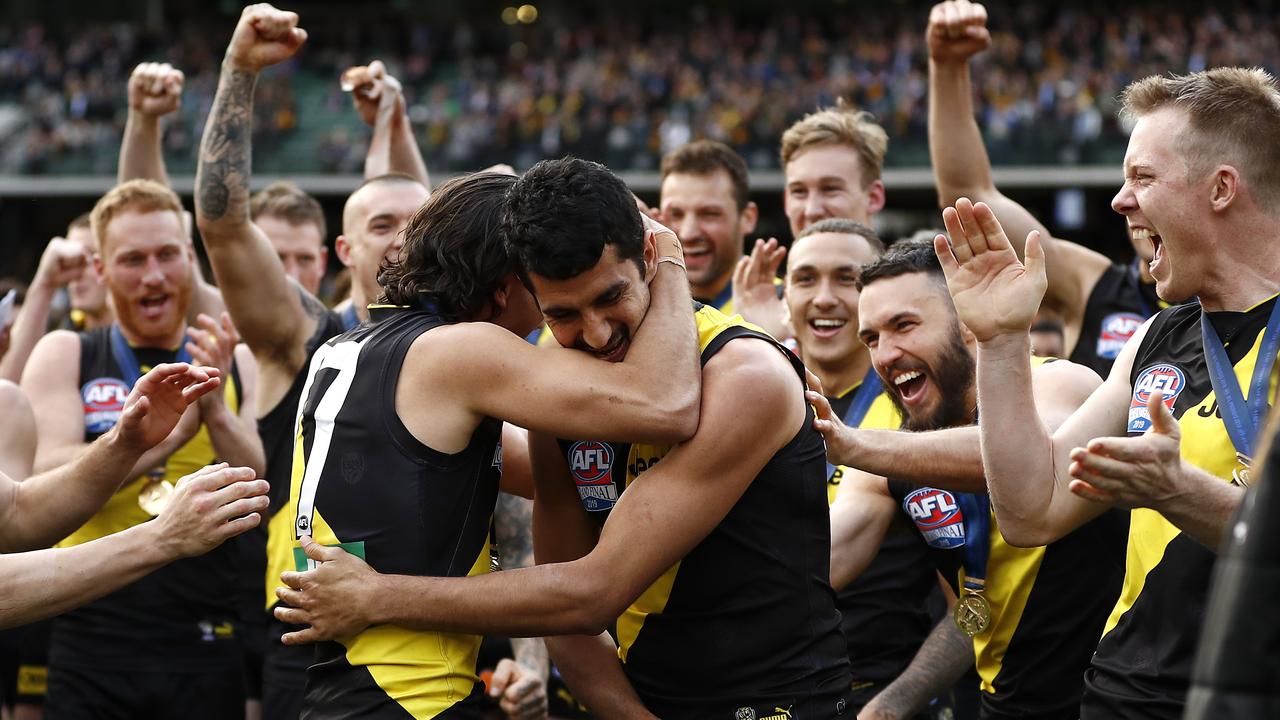
Coaches and list managers should be in conflict with each other at times.
It is a delicate balancing act as the list manager has to ensure he or she is committed to the coach’s game plan in terms of list structure to give the coach every chance of success, but they cannot ignore the view of the club as a whole.
Some coaches, particularly those who have had success, try to encroach in list management areas. They shouldn’t.
It is imperative there is resistance to this behaviour for the sake of the entire organisation.
Here are some of the key components a list manager needs to work on to keep a team competitive in the moment, while also casting ahead to the future.
1. KNOW YOUR LIST PROFILE
You have to know the demographics of your playing list — age, experience, height, weight, position and, most importantly, talent versus performance.
You should analyse your list at least twice a year (preferably three times) because things change over a course of any season, particularly with injuries.
An extension of your list profile is to know all of the opposition clubs’ lists, too. You won’t have the same depth of knowledge of rival clubs in terms of injuries, but it is important to specifically track opposition players who might become available in the trade or free agency periods.
2. HAVE A STRUCTURED TPP MODEL
It is not just about the total amount you spend on the TPP (Total Player Payments) which is important, but also the relativity within your club’s TPP model.
Certain players might be getting too much; others might be underpaid based on their development which then makes them more likely to be picked off by opposition teams. So contract relativity is every bit as important as the total spend.
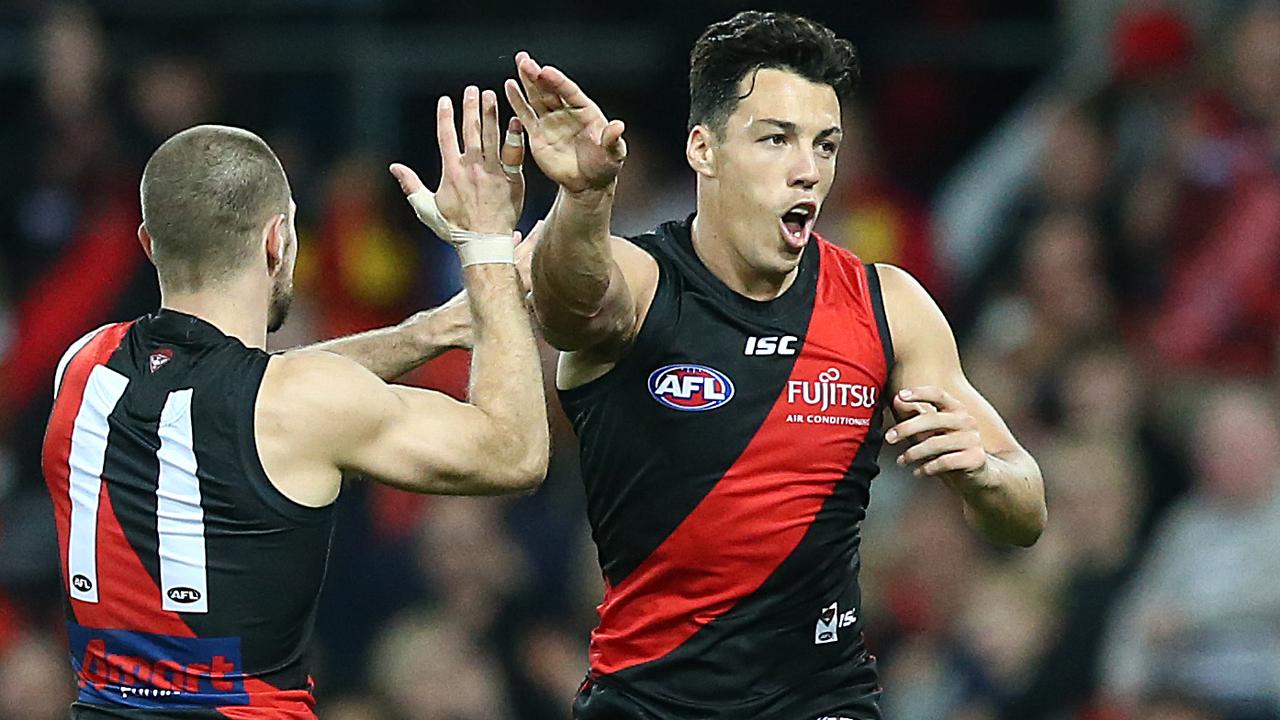
3. BE AWARE OF CONTRACT STATUS
You need to maintain a strong focus on the players’ contract status within both your own club and opposition clubs.
At your club, it comes back to who is coming in and out of contract in any given year. It is impossible to have every player under a long-term deal as form and injury fluctuates, and the AFL requires each club to make at least three list changes per season.
You also don’t want unnecessary constraints in terms of being able to make the list changes you need.
You must know which players from other clubs are coming out of contract, so you can ascertain whether you should start trying to coerce them away from their club. It is a lot easier to move a player who is out of contract than one who is in contract.
Opposition players I have been involved in bringing to a club have sometimes taken more than two years to convince to move — negotiating with both the player and his manager, meeting with his partner and family to address their needs or concerns. Contract status is often complicated and fluid.
Remember, players who are out of contract are only one day away from being in contract again, so you need to act swiftly when the opportunity arises.

4. ASSESS DRAFT AND FREE AGENCY PERIODS
You must know which opposition-listed players are eligible for free agency, but critically you need to understand how the national draft looks for that year, and ideally, several years beyond.
A professional list manager needs a strong grasp on what the next three drafts look like. That will influence both your club’s trading options and your contract status model because you have to ensure you maintain flexibility in your list in the years in which the draft appears stronger.
Apart from the depth of talent, you also need to know what positional types might be on offer in future drafts.
Traditionally, there are a sufficient number of onballers and mid-sized players, but ruckmen and key position players (forwards and backs) tend to come in cycles.
Clubs have also had to manage ongoing compromises to the draft because of priority picks or the establishment of new clubs for many years.
The most recent challenge is that every club now has a player development academy, which has had a marked impact on the draft.
This year, up to five of the top 10 selections will be allocated academy players … that will mean only five other players are available to the open draft market.
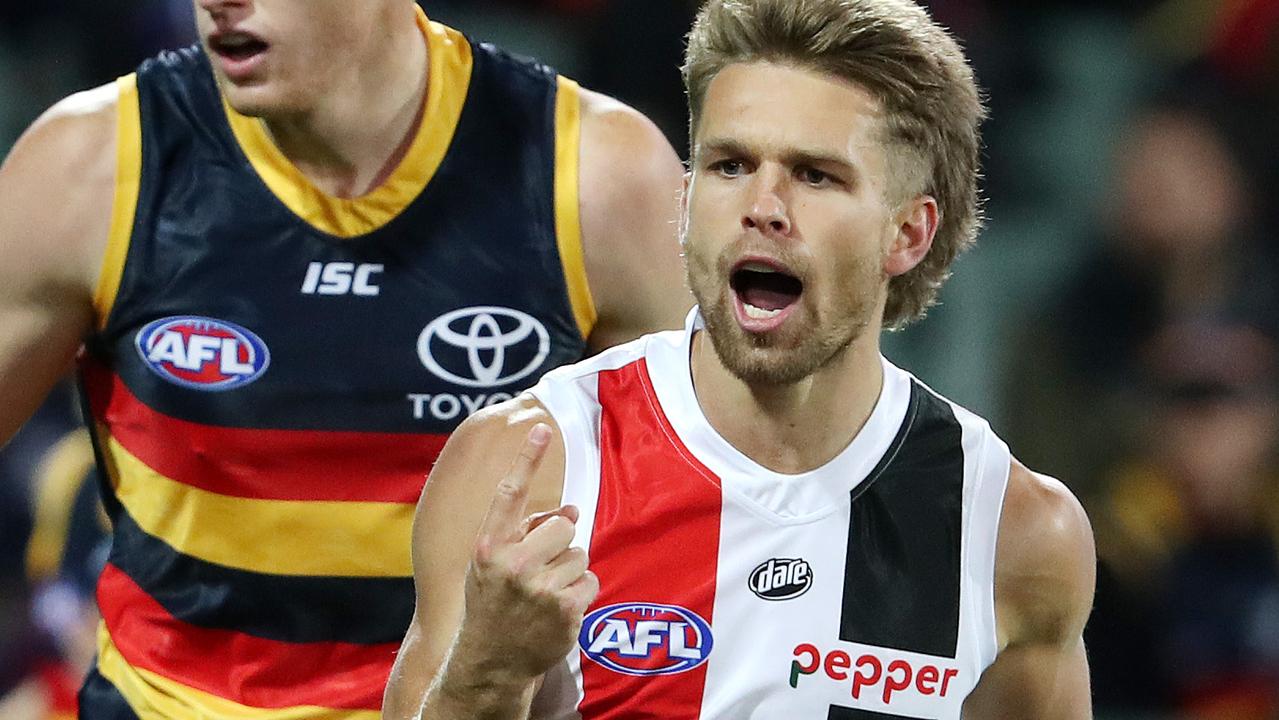
5. KNOW YOUR PEAK PERFORMANCE WINDOW
One of the most important pieces of the premiership pursuit is identifying when your team will reach its peak performance window.
Some clubs get there earlier than expected — like Hawthorn in 2008 or the Western Bulldogs in 2016.
Some never get anywhere near what they think their level will be, but incorrectly identifying your window invariably leads to list management mistakes.
Often it can take seven to eight years to compile a squad capable of winning a premiership. Clubs who get there can sustain that level for three to five years, sometimes even longer — think Brisbane Lions (2001-03), Geelong (2007, ’09, ’11) or Hawthorn (2008, 2013-15).
That means the current Richmond group has probably got this season and the next to chase further success.
Time stops for no one.
This columnist is a highly-regarded AFL list manager who crafted the playing groups of a number of premiership teams.
MORE AFL RICH 100:
AFL rich list: Who are the AFL’s most underpaid players?
AFL Rich 100: The eye-watering amount of money players are sacrificing to keep footy alive
Moneyball: The latest trade news and whispers from around the AFL
HOW IT WORKS
SALARY FIGURE
* Player’s contracted salary for 2020 to the best of our information. A number of players are in the same wage band. Salaries can alter depending on bonuses.
COVID SALARY
* Each AFL player is losing around 28 per cent of his 2020 contract salary because of COVID-19.


